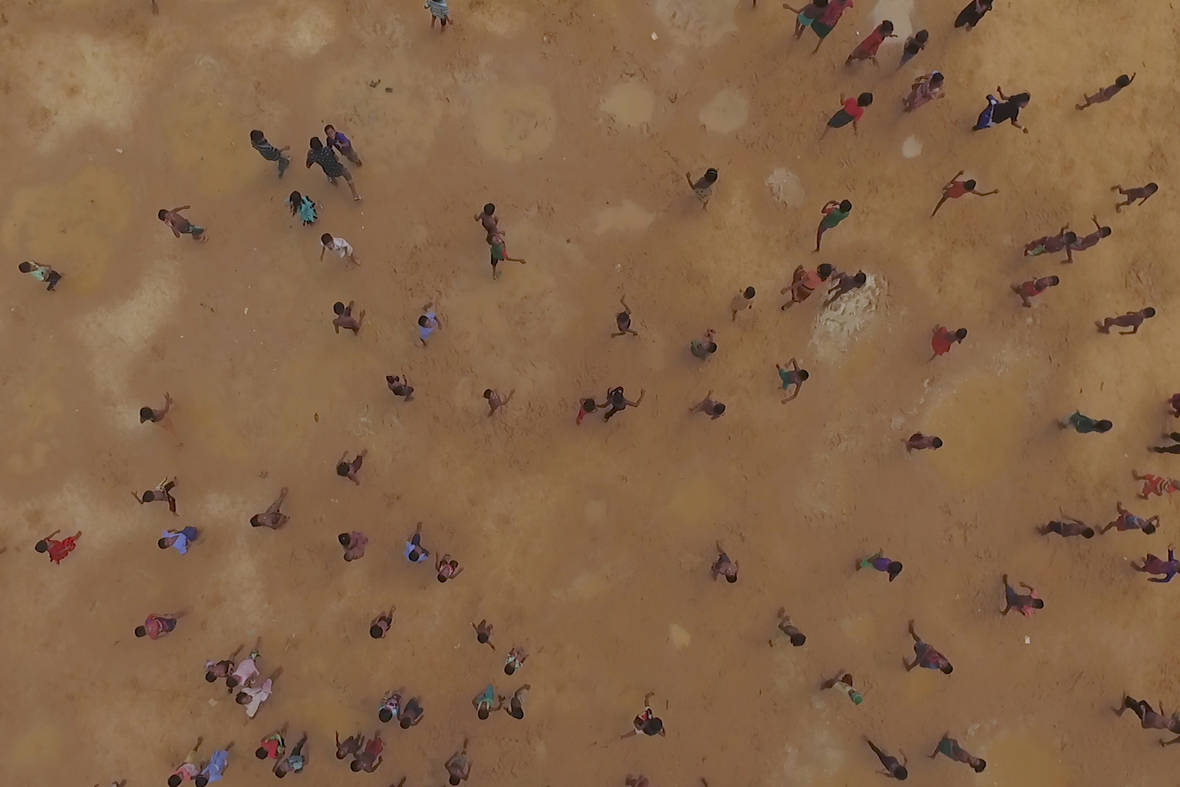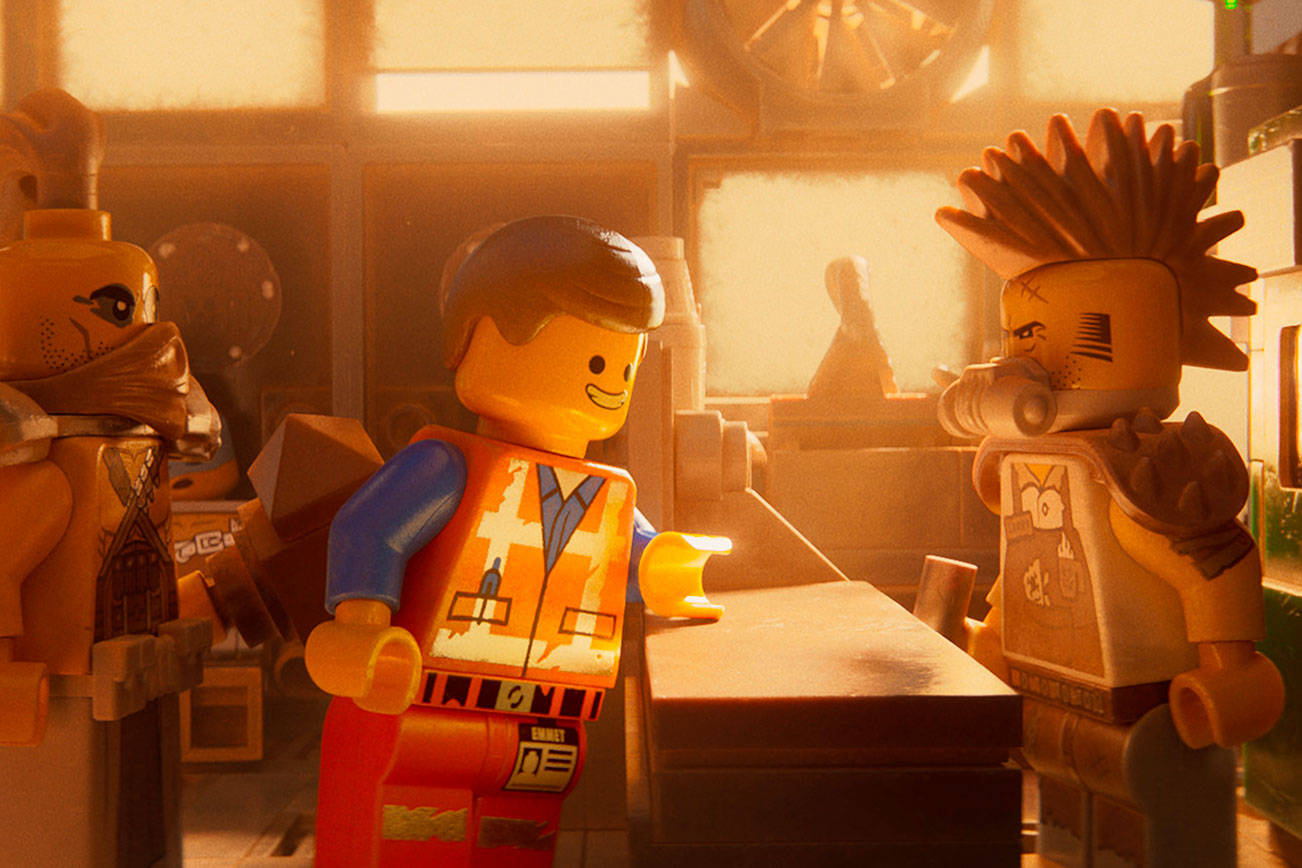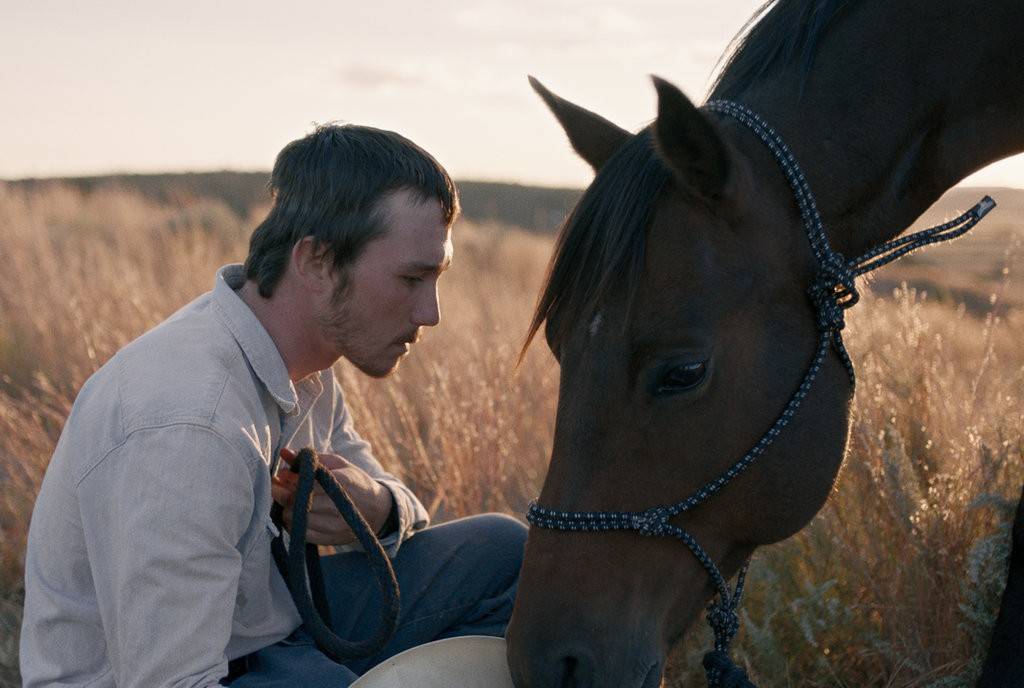Human Flow is not a documentary by a journalist, or a traditional activist. If it were, it might be 25 hours long, with abundant background on the history of the world’s current refugee disasters and a guidebook on how these terrible problems—the worst since the end of World War II, with 65 million people displaced—can be addressed. Instead, Human Flow is a film by an artist, albeit one famous for his dissidence against his country’s government. This is Ai Weiwei, whose art-world celebrity has only been enhanced by his battles with Chinese officials (he’s now based in Berlin). With Human Flow, Ai does something that has recently ignited debate in documentary circles: He takes a terrible subject and makes it beautiful.
Traveling to 23 countries around the world, including tinderboxes such as Iraq, Syria, and the United States of America, Ai patrols borders and refugee camps and rescue boats. A few talking heads emerge, describing the depth of the problem, and helpful factoids occasionally float across the screen. Ai sometimes interacts with his subjects—he’s no more camera-shy than Michael Moore, although considerably less bombastic—but does not narrate or hang around long. Mostly, his camera gazes, and finds angles on human suffering that provide a more heart-rending take on the subject than a collection of statistics would.
For instance: Ai has a drone. And if you haven’t yet glommed on to how remarkable drone cameras can be for movies, Human Flow will prove the point. From an opening shot that looks straight down at a crowded refugee boat bobbing in the Mediterranean, to a glide over the barren lanes of a Middle Eastern camp where young adults may have spent their entire lives, the high angles and eerie serenity of the drone camera lend a lyrical mood to this survey of a nightmare.
But aren’t documentaries on difficult subjects supposed to be full of handheld jitters and grainy filmstock, those indicators of realness? Ai’s poetic approach suggests otherwise. He’s getting to the truth by making us catch our breath. In one sequence he focuses on a group of immigrants, plucked from the sea, all swaddled in those strange silver-and-gold thermal “space blankets,” which flap around like aluminum foil superhero capes. The sight is both terrible and entrancing—human suffering made to look like an assembly line at a food plant, each human being in a bright, shiny wrapper. In Iraq, where burning oil is blackening the sky with smoke, the camera finds a lone cow lumbering through a city street, the sun burning a hole through the smoky sky above it. That’s an image only an artist could find, its meaning mysterious except that it looks an awful lot like hell.
Because the cameras are small and Ai’s presence is so ingratiating, he captures unguarded moments with refugees, ground-level glimpses that put a face to the massive displacements. Ai sets up one shot where he and a local authority stride away from a camp, a standard sort of transition shot—but then, unexpectedly, inquisitive kids insert themselves into the frame. They do what kids anywhere would do: stick their mugs in front of the lens and make faces. These children have less reason to be joyful than almost any other kids anywhere, but childhood impulses can’t be crushed, even in these extreme circumstances.
Human Flow is a mesmerizing film, and the title suggests its approach: no heart-tugging individual stories, but a bird’s-eye view of migration. I can imagine people being frustrated by Ai’s aesthetic approach, but I’ll bet that many of the film’s moments will prove indelible. What gets exposed in this film is the big picture, the cruelty and absurdity of vast numbers of people, in our technologically advanced world, being dehumanized. Watching the film is like seeing a portrait of the human soul as it is being systematically reduced in size—not the soul of the international refugee, but everybody’s collective soul.
film@seattleweekly.com






